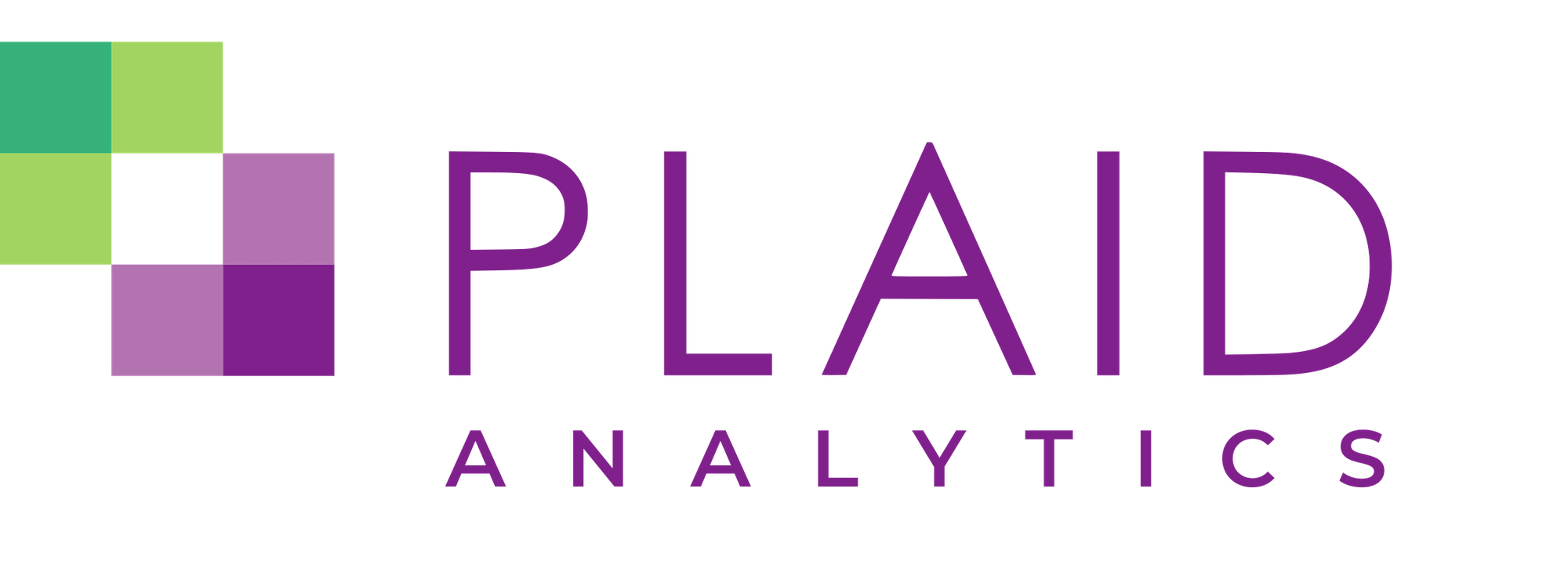Beyond the Strategic Enrolment Plan: Indicators of a Resilient Framework

Each framework has its own share of challenges and advantages when it comes to building a SEM plan or designing SEM activities, as discussed in the previous post. The more highly structured a framework, the more decision-approval and accountability is transparent, and data is evident in proposal development and assessment.
Data governance for highly structured SEM becomes more important, as the number of people, projects, and tasks based off the data might be higher than the less structured frameworks.
In a Committee and Coordinator framework, data is shared through standard reports, interpreted, and applied by a small group of people.
A mature enrollment management model is resilient to institutional changes, including people, plans, and programs.
It is responsive to changes in the higher education sector, and to changes in the provincial or state, and regional context which their campuses serve. An institution with a SEM plan can be responsive regardless of framework.
An institution with a high-functioning SEM team under a Committee Framework is made up of units that understand their part in the SEM plan. While the separate units are focused on their own goals and processes, the Committee membership represents their units, creates institution goals both top-down and bottom-up that influence the work and direction they take back to their units. The SEM plan is flexible and responsive because there is a high level of trust between units and levels of leadership, to enable Committee members to make decisions for their units with some level of independence from upper management, yet a high level of understood interdependence between the units and across academics and operations. The SEM plan may focus on meeting government and internal targets and the renewal of the plan includes reviewing and updating an environmental scan that shows a stable community and regional context. Data is provided after cycle completion and shifts in trends are minimal or well understood based on identifiable events. When economic change does come up, it is often a change the institution has precedence addressing (such as an industry employer closing a plant) and historical data to review and use to make decisions from.
A high-functioning SEM team with a Coordinator Framework looks similar, except that the interdependence between units includes communicating and feedback channels being established through the Coordinator. In times of change, communication and data sharing may be more streamlined and responsive, as the coordinator becomes the main person through which data and advise flows through. High trust exists between the Coordinator, an Institutional Research office, and the SEM team to both accurately describe data needs, and understand the resulting data enough to accurately describe and advise the team for evidence-based decision-making. SEM is responsive because it is led by someone with a broad institutional perspective and understanding of history, and with communicative team members ready to act on their advice. Metrics remain unit-focused, and communication between upper leadership and unit leaders is increasing as the Coordinator gains influence and the SEM team gains respect for achieving their goals.
A high-functioning SEM team in a Matrix Framework may focus on aligning metrics across units so that institutional performance can be easily aggregated or disaggregated at the various levels. Communication between upper management, executive teams, middle management and unit leaders is established through the Matrix lead. Student needs, unit processes, and program design may vary highly across units, yet the SEM plan under the Matrix lead, normalizes this variation towards a unified institution. This can be a highly flexible and responsive SEM framework, when the perspective and expertise of a person or group with the knowledge to address a particular issue is easily identified, respected and sought out, despite what role or side of the house they may sit in. Here, there are multiple data savvy people outside of Institutional Research, and data governance is growing.
A high-functioning SEM team in a Division Framework operates similarly to a Committee Framework, in that it is both top-down and bottom-up on planning. The difference is that accountability and responsibility is more clearly established, with a single person orchestrating how work is assigned, success is evaluated, and change is addressed. The SEM Division, when change happens, who is responsible for designing and enacting the response is clear. Those in the SEM Division actively participate in data governance design and implementation and understand the data enough to work with flexible data tools to do their own analysis, freeing up Institutional Research to focus on developing new projects, reports, or analysis.
So the high-functioning SEM organization, under any framework, practices contingency planning, develops (formal or informal) forecasts and projections, reduces siloes between units, is embedded in the local community, is focused on growing data governance and accessibility, and capacity is understood beyond enrolment and admissions metrics, to evaluating what the institution’s target enrolment, income, employee makeup, and program offering, is to function smoothly, be financially viable, without overwhelming any unit or process.
Every unit is transparent about their needs, goals, and room for growth. The SEM Organization is future-focused, knowledgeable about its history, data-oriented, embedded in its community (student, regional, alumni, and sector peers).
At Plaid Analytics , we're building the world's leading enrollment planning platform. Designed for active collaboration, we can help you plan for the future allowing you to compare different scenarios instantly, increasing your forecasting accuracy, and making sure you have accurate information at your fingertips in real time. Curious to learn more? Connect with Andrew!
Check out our whole series on Beyond the Strategic Enrolment Plan:
